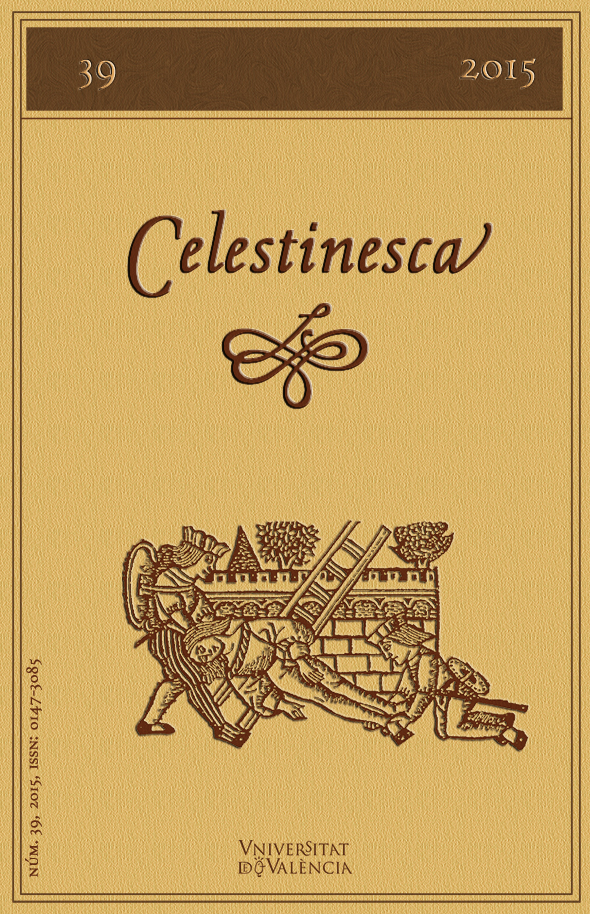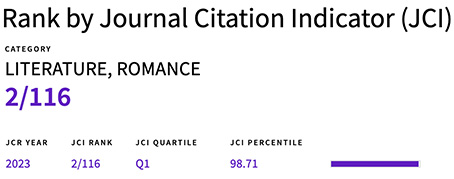Celestinas y majas en la obra de Goya, Alenza y Lucas Velázquez
DOI:
https://doi.org/10.7203/Celestinesca.39.20188Keywords:
Celestina, Goya, Leonardo Alenza y Nieto, Eugenio Lucas Velázquez, painting, prostitution, maja, procuress Abstract
Abstract
This article examines the development of two iconographic streams of Celestina and maja imagery in nineteenth-century art, both established by Goya: the satirical, which is often expressed through the medium of print and highlights prostitution as commercial trafficking, and links it to other social phenomena such as forced marriage and vagrancy; and the sentimental or picturesque, which is often expressed through paint media and presents an idealized or sensual view of the maja. Leonardo Alenza y Nieto (1807-1845) develops Goya's critical viewpoint on prostitution by incorporating marginal male figures into the imagery, thus bringing into the frame relations between female prostitutes, clients, beggars and even male prostitutes. Eugenio Lucas Velázquez (1817-1870), painting during the period of legalized prostitution in which the sex trade was moved into medically and state controlled brothels, works out of the sentimentalized tradition, depicting the majas as victims of now bestialized celestinas or as merely attractive folkloric figures.
 Downloads
Downloads
Downloads
Published
How to Cite
-
Abstract603
-
PDF (Español)496
Issue
Section
License
![]() Celestinesca is committed to the dissemination of knowledge, that is why access to its contents is free and is ruled by a Creative Commons Attribution-NonCommercial-NoDerivatives 4.0 license.
Celestinesca is committed to the dissemination of knowledge, that is why access to its contents is free and is ruled by a Creative Commons Attribution-NonCommercial-NoDerivatives 4.0 license.
Authors retain the rights to their works. Therefore, they can disseminate them and deposit them in the repository, institutional or not, that they wish. However, they are kindly requested to do so by providing the full bibliographic reference and the corresponding DOI.
Celestinesca does not charge authors for submitting, processing, reviewing or publishing their articles.





